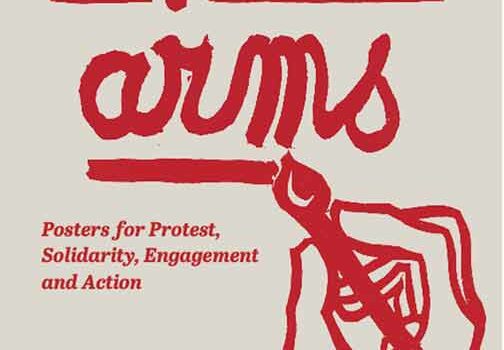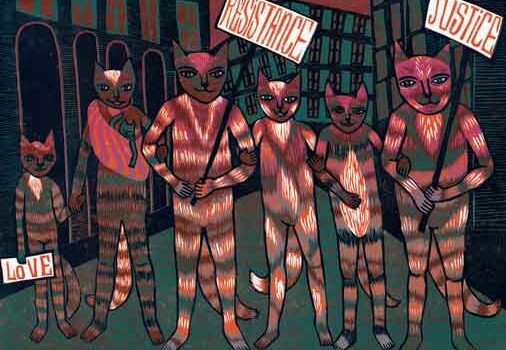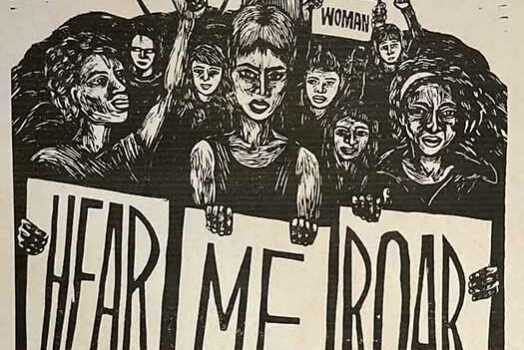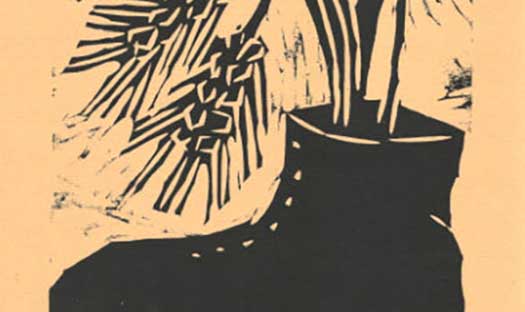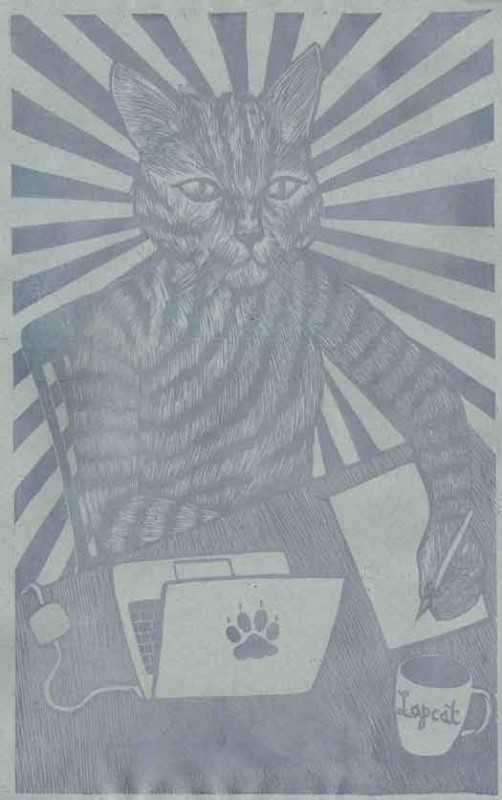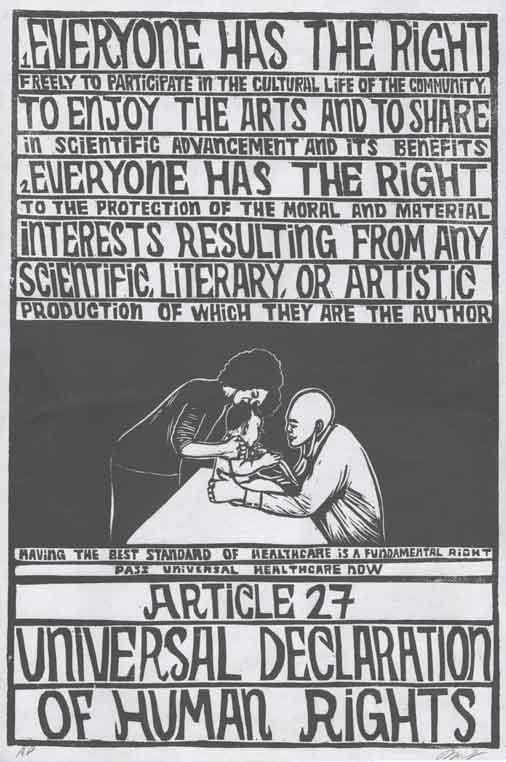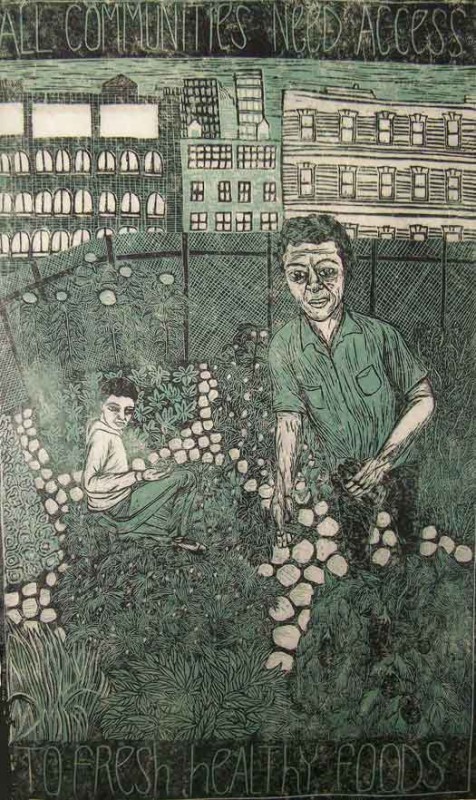
To purchase a copy, you can click HERE.
To check out the website for this project, click HERE.
I was born in 1945 into a very loving and caring Jewish family. We believed in treating people with dignity and respect. I was brought up with the belief that when faced with injustice we should struggle for justice. My early childhood was spent in Brooklyn New York and then we moved to the North shore of Long Island. I went to high school and found it to be stultifying. The cheerleading team wouldn’t let African Americans on it, or anyone who didn’t fit into a very narrow definition of “appropriately good looks”. It was a life with constraints that I found difficult and I was a rebellious teenager.
I went to the University of Chicago in 1963 and found a community who shared the values that I cared about and the movements were starting then. I became active in the Civil Rights Movement and joined CORE (Committee on Racial Equality) in support of the sit- ins against Woolworth’s segregated lunch counters in the South. I set up our campus group of Friends of SNCC (Student Non-violent Coordinating Committee). In 1964 I went to Mississippi with the Freedom Summer Project that gained a lot of visibility in this country when three young men, Andrew Goodman, James Earl Chaney, and Mickey Schwerner, were killed while part of the voter registration efforts. What is even more dramatic to indicate the state of terror people were living in Mississippi, is that while people were looking for those three, the bodies of eight black men were found murdered and mutilated and those murders were not investigated until a few years ago. In general that kind of abuse and terror has, if not stopped, at least dramatically lessened—because people organized. Situations like that with Treyvon Martin make it clear that it’s not over, but there have been enormous changes because of organizing. You ask about the racial make up of the movements: In the south, the Civil Rights Movement was largely a black movement with white support. It gave me a profound respect for the great courage and strength of the poor people in the south who were generous with us, as white supporters, even at their own risk. Much of the northern Civil Rights Movement was more integrated, including SNCC. Some of the other student movements happened on campuses which had only 5% or fewer students who were African American so they were less integrated.
In 1965 there was an SDS conference in Champaign Urbana, Illinois. SDS was the largest student organization in the country at that time. One of my teachers, Dick Flacks, said there would be a discussion of the “woman question” and recommended I go. I came back and set up the first women’s group on campus in the country at that time. I also helped to set up what may have been the first independent woman’s organization in the country. We created a project called “significant response” to see how men and women were responded to in classes. We found that men were responded to four or five times more often than women. One of my friend’s was raped in her bed at knife point at her off campus housing. We went with her to campus heath for a gynecological exam and they lectured her on her “promiscuity” and she was told student health didn’t cover gynecological exams. Of course now, due to organizing, campus health does cover gynecological exams, and you get careful and supportive counseling when something like that happens. If you organize you actually can change the world, but only if you organize will you be able to change it.
In 1965 I was told that the sister of a friend of mine was pregnant and suicidal and wanted an abortion. I hadn’t thought of that issue before. It was a much more innocent time. I searched for a doctor to try to help her. I was more or less practicing the golden rule; that we should do unto others as we would want others to do for us. I’ve never faced the issue of abortion myself. I tried to find a doctor through the Medical Committee of Human Rights; which was the medical arm of the Civil Rights Movement. I found Dr. T.R.M. Howard. He was an extraordinary man. Though I hadn’t known it at the time, he had been a freedom fighter in Mississippi who came to Chicago when his name appeared on a KKK death list. He performed the abortion procedure and it was successful, and I really didn’t think about it again. About a month later someone else called me because word had spread. I called Dr. Howard again and he provided another successful procedure. A month later, someone else called and then I realized this was really a problem that maybe a lot of women had. Actually around 1 in 3 women of childbearing age will have an abortion in their lifetime. There was a slight downturn during the Clinton years that may have been because of the fear of AIDS. But other wise the figures have been pretty consistent both before and after the law changed. The real question is whether you can have the procedure in a safe, secure, and supportive environment, or whether you also face the fear, terror and lack of safety when it’s illegal. There had been the feasibility of going to Sweden or other countries, but you had to have a lot of money for those flights in addition to the cost of the procedure. I talked more to Dr. Howard about the abortion procedure so I could understand it, and then I agreed to send women to him if there would also be a follow up with them. Then we negotiated the price. At that point the price for an abortion was $500. As more women came through, I negotiated it to be lower in price so it could be more affordable for the women and I provided counseling for the women. A few years later, Doctor Howard died and I found another person, named Mike, who would do these procedures.
By 1966 I met the man (who became my husband) in a sit- in against the Vietnam War. He had been the National Secretary of SDS. We were married in 1967 as I graduated and in 1968 I was expecting our first child. At that point I was also going to graduate school, I was very involved in movement work, and I was teaching. There was a lot going on so I decided I needed to pass on this counseling service to others. At movement meetings I’d ask if there was anyone who would like to discuss abortion or get involved in dealing with abortion. Several women responded and we created the group that became Jane; the Underground Abortion Collective. I passed on all I knew about the procedure to the group and how to support the women, the cost, and the loan fund we had created. They then created a much more thorough system for support of the women. The women from Jane started watching and assisting Mike. More and more women were seeking abortions from Jane. The women in the service were bold, and there was a growing women’s movement which was about taking our lives into our own hands. So, Mike taught the women how to perform the procedures and the women in Jane started doing the procedure themselves. By the time the law changed in 1973, Jane had performed 11,000 abortions. There were starting to be more public actions around abortion. There were speak outs where people told their stories, there were demonstrations on the issue. In 1972 before the law changed, there was a raid on Jane in the area where women were supported in a waiting room before they were taken to various houses where the procedures were performed. Seven women were arrested and no one would testify against them; either because they were really for the service, or because they didn’t want to be drawn into this law suit. While the women were awaiting trial the law changed. There was discussion about whether or not the service continue, and they decided not to continue.
In the years that followed, we really lived a movement life, in support of all the struggles of the day. We had two kids and little money. By 1970 there was a National Women’s Strike, which was a day of action and the theme was “Don’t iron while the strike is hot”. The Women’s Movement really burst forth and I became more active in that arena. I started an organization called the Action Committee for Decent Child Care. We set up a child care center, changed the child care licensing laws, and we raised a million dollars to invest in starting child care centers since women were entering the work force. The Action Committee for child care was 50% white, 50% African American and Latino, which at that time was a remarkable effort. If you work on the issues people care about, people will come out for those issues. Earlier on in 1966 Doctor King had come to Chicago and said the way to civil rights was through labor rights. So, I also started union organizing. In 1973 I won money from a back pay lawsuit for being fired for union organizing. With that money, I started the Midwest Academy Training Center for Organizers. There are three principles of the academy which are:
1. Win victories to improve people’s lives so it’s not an abstract fight.
2. Give people a sense of their own power. It’s not that you try to win something for someone else, rather, you organize together.
3. Change the relations of power so there is structural reform. We hold powerful institutions accountable and build popular organizations.
The Academy still exists and has trained hundreds of thousands of organizers, from Planned Parenthood, NARAL, NAACP, Sierra Club, and thousands of small groups. We also started building state wide multi-issue organizations, which was a new kind of organization. There had been community groups and national organizations, but this was a kind of intermediate level group. It was hard to win enough at the local level, but without local support, you just were an advocacy group that didn’t involve people on the national level.
I tried to find ways to align labor, community, religious institutions, and public interest groups. We set up the Citizen Labor Energy Coalition which was a national organization fighting on energy policy, but it became the infrastructure for a very sizeable portion of the Progressive Movement today. I became head of that, and then co- chair of a national network of a multi- issue organization called the Citizen Action. In 1980 when Reagan was elected, I realized we needed to do work in elections. I had been somewhat anti-elections before then, believing that money corrupted politics. I still believe that is true in politics. But I also thought, we have to fight in the electoral arena otherwise we are fighting with one hand tied behind our back. I became very active in Chicago politics and became the deputy field director of Mayor Harold Washington’s campaign. He died in 1989. At that time I was commuting to Washington every other week for work with Citizen Action. Then my husband’s job moved to DC so we moved. He is now the leading staff person for American Federation of State County and Municipal Employees, a labor union. In 1992 I was running the Carol Moseley Braun Field Effort when she won her senate race. It was an extraordinary and robust field operation. In 1993 when I was still living in DC I was recruited to work at the Democratic Party when Clinton was elected. I was hired to set up a field operation, then to work outreach for the Clinton health care plan. In 1994 there were great defeats for Democrats and I set up a training academy that in part became the basis for modern political training. In 1998 I started doing international pro-democracy work in several countries around the world. In 2000-2002 I ran the NAACP National Voter Fund. Until the Obama campaign, it was the largest African American “Get out the Vote” effort. To give you a sense of that work, in the year 2000 with the contested election, the African American vote swelled by 60% in Florida. This is one of the reasons I believe Bush felt he had to steal the election, because there was nothing else his forces could do against this large turnout. While Bush was President I was asked to set up the first campaign for immigration reform.
Next I worked on building an organization called Amos, which doesn’t exist anymore, but was designed to move social justice deeper within the heart of the Jewish community. There had been a turning away from that work within the Jewish community for a variety of reasons, and this helped to support what is now a very robust world of Jewish social action and justice work. I would still work on coordinated efforts and elections. Then I was hired by the AFL-CIO to manage their healthcare campaign. Then when Obama was elected in 2008 I ran the first campaign for the Obama budget which was the first issue campaign working outside of, but with some coordination with, the Administration. While I was doing that I was recruited to run the campaign for financial reform which ended up winning the Dodd- Frank Bill. I am now mostly working to build a field office for Medicaid, Medicare, and Social Security, and to drive those issues in this election. I’m also working with a group that came out of Occupy, working on money and politics.
I have 4 grandchildren and it’s been an intense and wonderful life. Overall I love this work. I have never enjoyed any other work as much as organizing. It is exhilarating to see people come together, and gain confidence in their own life, and to change how the world works. There are times when it is difficult and we don’t win, or have setbacks that are very severe or when we don’t get support we deserve. The hours can be long, but even under all those circumstances it’s worth it because have I seen how the world has changed when we organize. I particularly like the interconnections of issues with elections which provide ways to build people’s power and democracy. One of the great benefits of election work is that we can build a mighty coalition, even between people who wouldn’t normally work with each other. Working on elections changes the scale we think about, it changes the types of people you work with, and the discipline of what we do. I really like working on issues within elections because it means working on issues people really care about, and that have real consequences for people. There was a time in the 1960’s when people said they were willing to die for freedom, and I made that choice myself. I think now, people really need to think about whether we are willing to live for freedom. That involves the more monotonous work of standing on a corner, or getting petitions signed, and talking to people different than us. And all the time organizing. With organizing we can change the world for the better. We have done it before and we can and will do it again.
-Heather Booth
